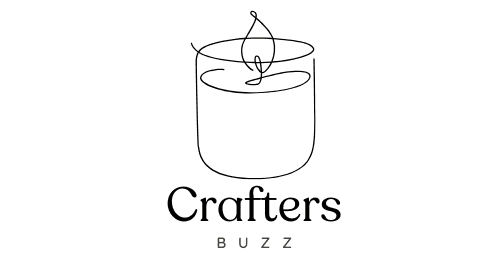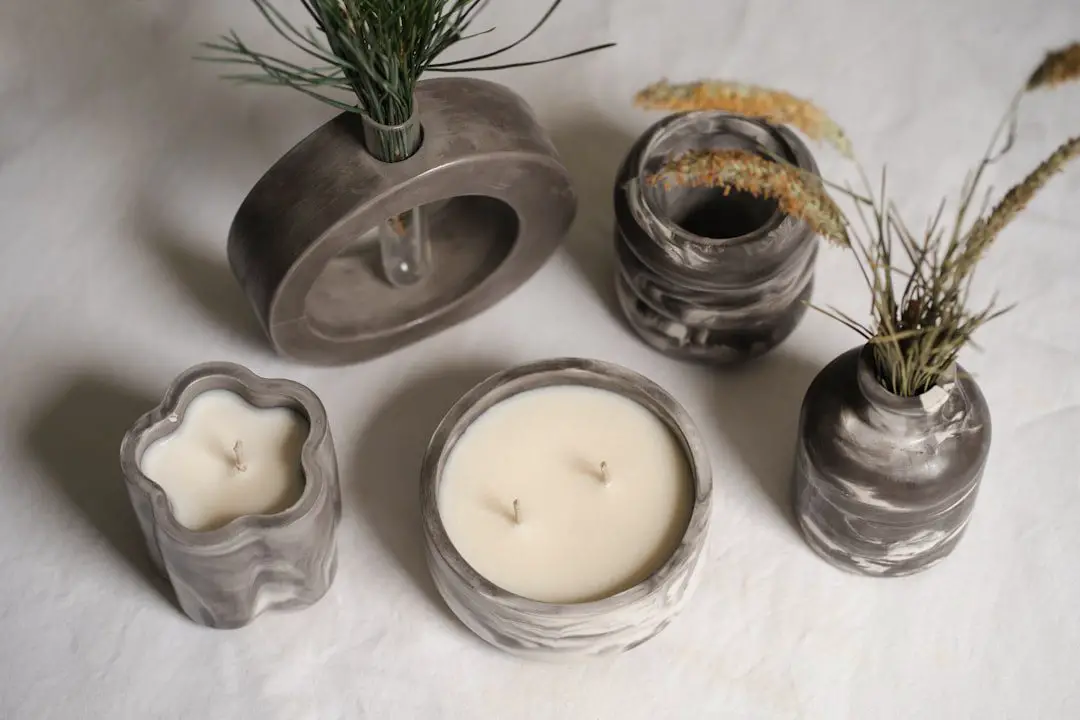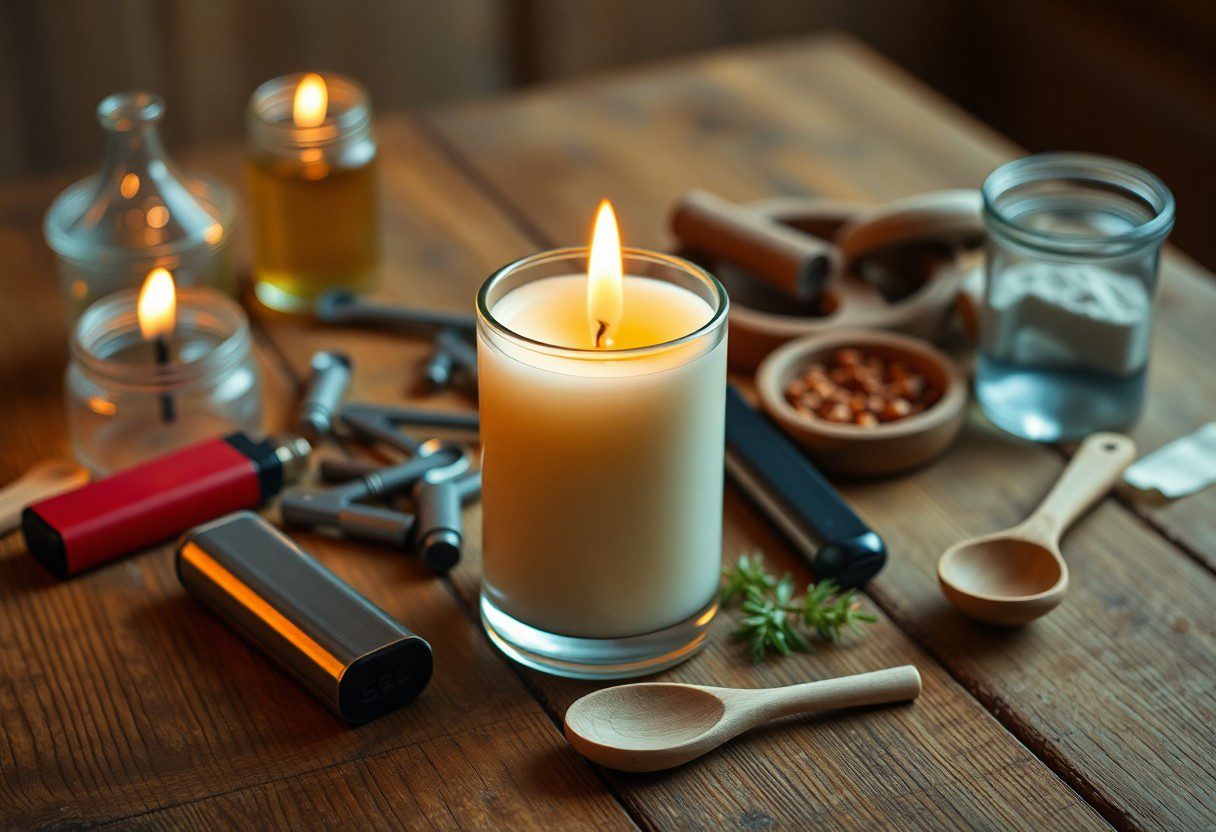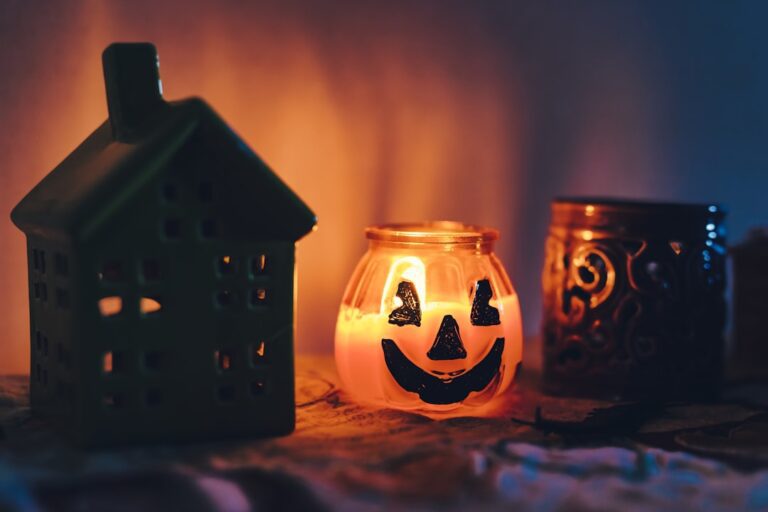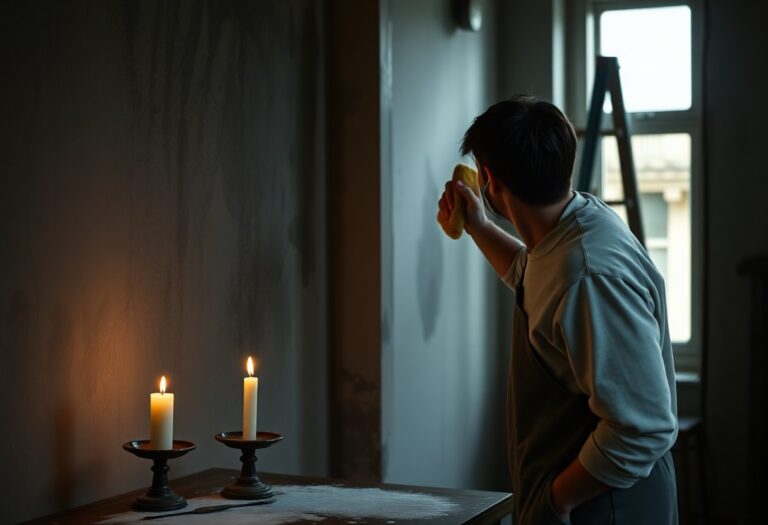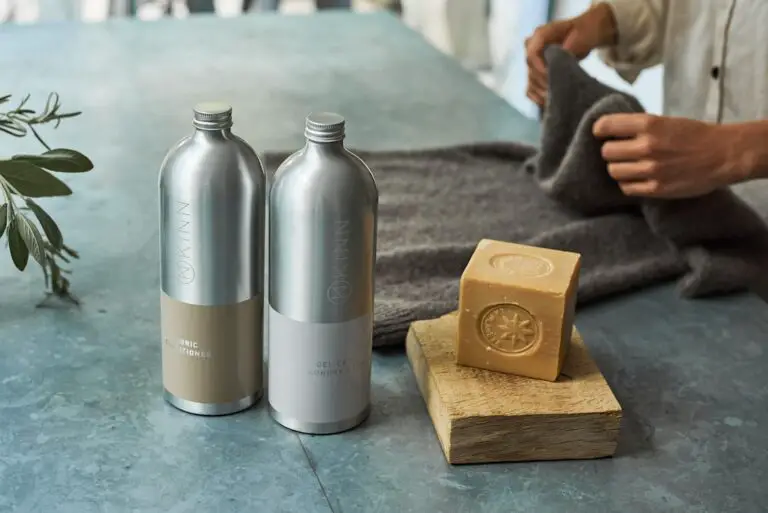Techniques to get the best scent throw from your candles.
Scent throw is a critical aspect of candle-making that significantly influences the overall experience of using a candle. It refers to the ability of a candle to disperse its fragrance into the surrounding environment, creating an aromatic atmosphere that can enhance mood, evoke memories, or simply provide a pleasant ambiance. The effectiveness of scent throw can vary widely among different candles, depending on several factors, including the type of wax used, the wick selection, and the quality and concentration of fragrance oils.
A candle with a strong scent throw can fill a room with its aroma, while one with a weak scent throw may barely be noticeable, leading to disappointment for the user. The importance of scent throw extends beyond mere enjoyment; it can also impact the perceived quality of the candle. Consumers often associate a strong scent throw with premium products, while a lackluster fragrance can lead to negative reviews and reduced sales for candle makers.
For those who create candles for personal use or as a business venture, understanding how to optimize scent throw is essential for crafting products that resonate with customers. A well-thrown scent can transform a simple space into a sanctuary, making it vital for candle makers to prioritize this aspect in their creations.
Choosing the right wax for optimal scent throw
The choice of wax plays a pivotal role in determining the scent throw of a candle. Different types of waxes have varying abilities to hold and release fragrance. Paraffin wax, for instance, is known for its excellent scent throw due to its high fragrance load capacity.
It can hold up to 10-12% fragrance oil, allowing for a robust aroma when burned. However, paraffin is derived from petroleum, which raises environmental and health concerns for some consumers. As a result, many candle makers are turning to natural alternatives like soy wax, beeswax, or palm wax.
Soy wax is particularly popular among eco-conscious consumers and candle makers alike. It has a lower melting point than paraffin, which can lead to a more even burn and better scent throw when properly blended with fragrance oils. However, soy wax typically holds less fragrance than paraffin—around 6-10%—which means that achieving an optimal scent throw may require careful formulation and testing.
Beeswax, on the other hand, is known for its natural honey-like aroma and can also provide a good scent throw, but it is often more expensive and may not be suitable for all fragrance blends. Ultimately, the choice of wax should align with the desired scent profile and the target market’s preferences.
Selecting the best wick for a strong scent throw
Wick selection is another crucial factor that influences scent throw in candles. The wick serves as the conduit through which the wax and fragrance are delivered to the flame, and its size and material can significantly affect how well the candle burns and how effectively it disperses its aroma. A wick that is too small may result in an insufficient melt pool, leading to poor scent throw, while an oversized wick can cause excessive soot and an uneven burn.
Cotton wicks are commonly used in candle making due to their reliability and ease of use. They provide a steady flame and are compatible with various wax types. However, wood wicks have gained popularity in recent years for their unique aesthetic appeal and crackling sound when burned.
Wood wicks can create a larger melt pool, which may enhance scent throw if properly sized. When selecting a wick, it is essential to consider both the diameter of the candle and the type of wax being used. Testing different wick sizes and materials can help candle makers find the perfect balance that maximizes scent throw while ensuring a clean burn.
Incorporating fragrance oils effectively for maximum scent throw
The incorporation of fragrance oils is perhaps one of the most critical steps in achieving an optimal scent throw in candles. The quality and concentration of fragrance oils can vary widely among suppliers, so it is essential to choose high-quality oils that are specifically designed for candle making. Fragrance oils come in various forms—some are synthetic while others are natural—and each type has its own characteristics that can influence scent throw.
When adding fragrance oils to wax, it is crucial to consider the temperature at which they are mixed. Most waxes have specific temperature ranges for adding fragrance oils to ensure proper binding and evaporation rates. For example, adding fragrance oil at too low a temperature may result in poor adhesion to the wax, leading to diminished scent throw once the candle is burned.
Conversely, adding it at too high a temperature can cause some of the more volatile components of the fragrance to evaporate before they have a chance to bind with the wax. Conducting tests with different temperatures and fragrance loads will help determine the optimal conditions for each specific blend.
Using proper candle containers and jars to enhance scent throw
The choice of container or jar can also impact how well a candle throws its scent. Different materials can affect heat retention and airflow, both of which play roles in how effectively a candle burns and releases its fragrance. Glass containers are popular choices because they allow for even heat distribution and provide an attractive presentation for consumers.
However, not all glass is created equal; thicker glass may retain heat better but could also lead to uneven burning if not designed properly. Metal tins are another option that can enhance scent throw due to their ability to retain heat effectively. They often provide a more rustic aesthetic and are lightweight and portable, making them ideal for travel candles.
However, metal containers may not allow for as much visual appeal as glass jars do. Additionally, it’s essential to consider the size of the container; larger containers may require larger wicks or more fragrance oil to achieve an optimal scent throw compared to smaller ones. Ultimately, selecting the right container involves balancing aesthetics with functionality to ensure that the candle performs well while also appealing to consumers.
Mastering the art of candle curing for improved scent throw
Candle curing is an often-overlooked aspect of candle making that can significantly influence scent throw. Curing refers to allowing candles to rest after they have been poured but before they are burned. This resting period allows the wax and fragrance oils to bind more effectively, resulting in a more potent aroma when lit.
The ideal curing time can vary depending on the type of wax used; for instance, soy candles typically benefit from curing periods ranging from 1-2 weeks. During this curing phase, chemical reactions occur within the wax that enhance its ability to hold and release fragrance. This process is particularly important for candles made with natural waxes like soy or beeswax, as they may require additional time to fully develop their scent profiles.
Candle makers should also consider environmental factors such as temperature and humidity during curing; these conditions can affect how well fragrances bind with wax and ultimately influence scent throw.
Tips for optimal burning to achieve the best scent throw
To achieve the best scent throw from a candle once it is lit, proper burning techniques must be employed. One key factor is ensuring that the wick is trimmed to an appropriate length before lighting; generally, wicks should be trimmed to about 1/4 inch above the surface of the wax. A properly trimmed wick helps maintain an even burn and prevents excessive soot production, which can obscure the fragrance.
Another important consideration is allowing the candle to burn long enough during each use to create an adequate melt pool—typically at least one hour per inch of diameter. This ensures that enough wax melts around the wick, allowing for optimal fragrance release into the air. Additionally, placing candles in areas with good airflow can help disperse their scents more effectively; however, they should be kept away from drafts that could cause uneven burning or flickering flames.
Troubleshooting common issues that may affect scent throw in candles
Despite careful planning and execution, various issues can arise that affect a candle’s scent throw. One common problem is tunneling, where only a small portion of the top layer of wax melts while leaving much of it unmelted along the sides of the container. This issue often occurs when candles are burned for too short a time or when wicks are improperly sized.
To remedy tunneling, it’s advisable to ensure that candles are burned long enough during each session to create an even melt pool. Another issue that may arise is weak or inconsistent scent throw even after following best practices in formulation and burning techniques. This could be due to several factors including low-quality fragrance oils or improper mixing temperatures during production.
Candle makers should conduct thorough testing with different batches of fragrance oils and adjust their formulations accordingly until they achieve consistent results across their products. By addressing these common issues proactively, candle makers can enhance their products’ overall performance and customer satisfaction.
If you are interested in exploring the spiritual significance of candles, you may want to check out this article on candles in religious ceremonies. It delves into the history and symbolism of candles in various religious traditions. Additionally, if you are looking for a natural way to keep bugs at bay during the summer months, you might enjoy this tutorial on DIY citronella candles. And for a fun and creative project, you can learn how to make beautiful candle flowers with this guide on
